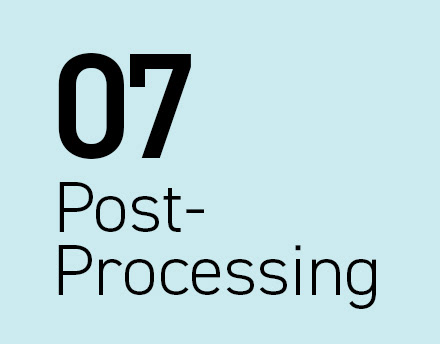1. Initial Briefing
This activity represents the starting-point for the project. It can be a rough idea, vision, problem, concept, PoC, MVP, data set, or finished product that needs to be redefined. Whatever it is, the initial assumption is that it can somehow be solved by an AI/ML infused solution. It is, most of the time, too early to finally judge whether or not AI/ML methods are the right path to follow. It is also very helpful to gain an initial overview of the data to roughly evaluate and estimate if the quality and amount of data meet the baseline of AI/ML data set requirements.
This activity represents the starting-point for the project. It can be a rough idea, vision, problem, concept, PoC, MVP, data set, or finished product that needs to be redefined. Whatever it is, the initial assumption is that it can somehow be solved by an AI/ML infused solution. It is, most of the time, too early to finally judge whether or not AI/ML methods are the right path to follow. It is also very helpful to gain an initial overview of the data to roughly evaluate and estimate if the quality and amount of data meet the baseline of AI/ML data set requirements.
+ AI/ML methods (pre) selection: In order to decide team members and their related roles, an initial, very high level selection of AI/ML methods based on the initial briefing is necessary. The (1) AI card deck is a tool that can be used.
2. Time Schedule/Horizon
Agreement on the duration of the project (start and wished end point).
3. Working Mode
Research showed that a highly iterative approach is crucial and necessary for this kind of project. In this way, the team can react to unforeseen pitfalls and challenges. The Agile SCRUM method was perceived as a feasible and robust set-up, especially the related sprint logic and time boxing. It is necessary and helpful to make sure that everybody involved is familiar with this method, or a short training unit could be included.
4. Team & related Roles
Based on the briefing, timing and working mode, a choice of team members and their related roles can be made. The recommendation is to aim for diversity and should be emphasized (see ISO 9241-210:2019-07). A purely technical team might be able to do the job but fail to understand the business domain data and focus on the wrong signals and data insights. Research has also shown that a lack of human-focus has been causing pitfalls and challenges and lack of adoption and acceptance by users. Therefore, development teams should be structured with experts from each discipline to make key decisions as a single unit and not work in silos. Depending on the size and complexity of the project, the following roles should be taken into consideration: business domain expert, data scientist, ML engineer, HCD/UX designer, user(s). Other stakeholders involved: management (buy in and budget), IT department (deployment/implementation).
5. Skills & Know-how
Activities 1 to 4 have a huge impact on the necessary skills and know-how in the project team. Research showed that AI/ML expertise is a huge issue, in business, as well as on the designers’ side. In order to ensure a certain level of ‘AI/ML’ knowledge, (2) basic AI training in the capabilities and possibilities of the technology for all team members is recommended as early as possible in the process.
Outcome: Project Conditions
If this is not clear, it is necessary to start over again. If the necessary skills and experts are not available in the company, hiring an external consultancy can be a solution, or also adding to the headcount or making the strategic decisions to get the relevant people on board.
If this is not clear, it is necessary to start over again. If the necessary skills and experts are not available in the company, hiring an external consultancy can be a solution, or also adding to the headcount or making the strategic decisions to get the relevant people on board.







